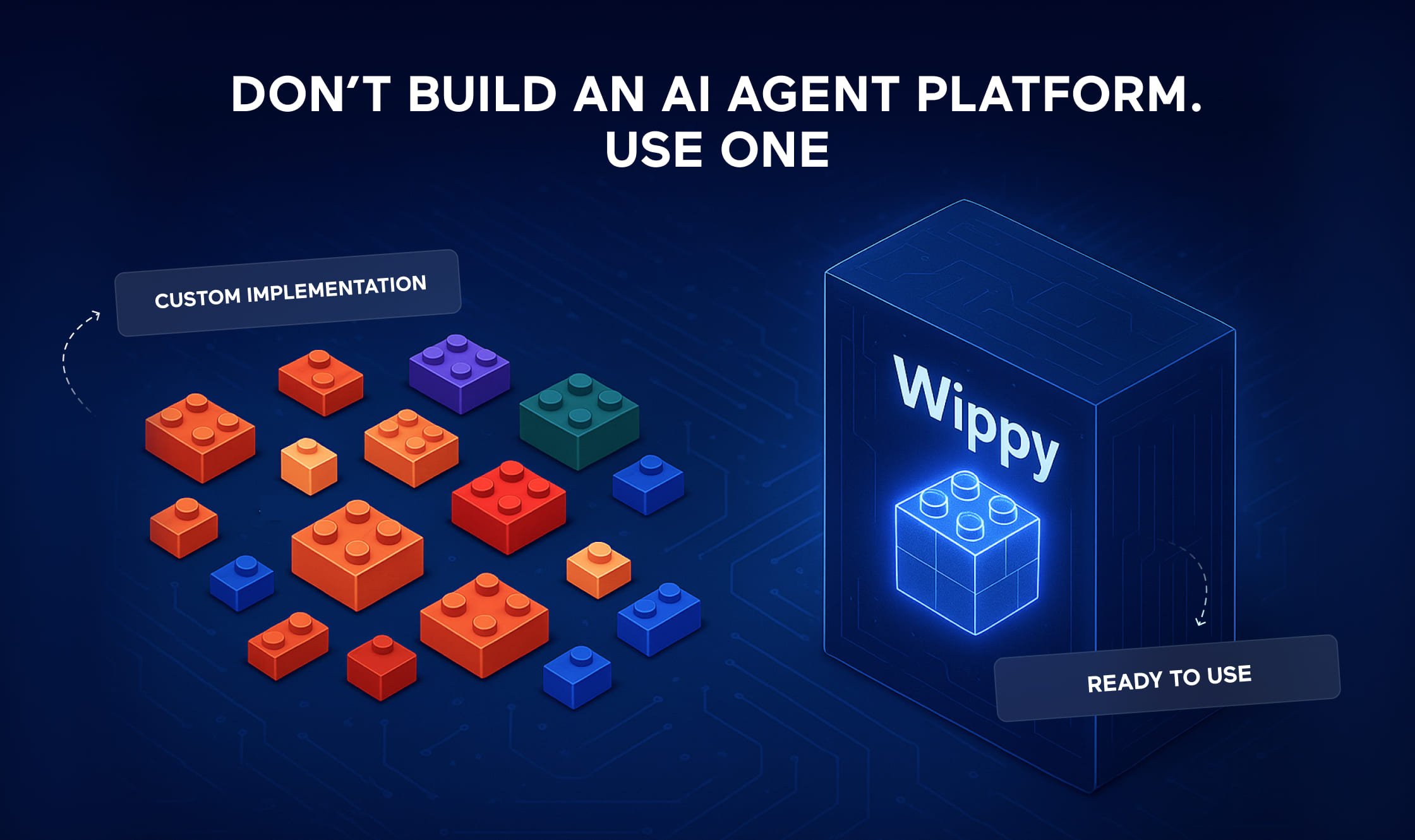What is Temporal?
As a leading open-source microservices orchestration platform, Temporal allows operators and developers to successfully execute microservices in production. This not only makes software development more agile but improves the scalability of code architecture as well. When freelance developers or software development companies need to implement changes across a number of coordinated servers in varying physical locations, they use Temporal microservices orchestration to prevent potential failures across microservices.
Developing Applications With Microservices
Applications can be developed as a collection of small independent applications, or microservices, as opposed to one large monolithic app. These microservices can be built using different platforms and programming languages and still work cohesively to deliver the functionality of one large app. Each microservice can be independently versioned, executed, and scaled, which supports rapid application development across highly distributed teams and resources. Microservices workflow orchestration plays a critical role in this process.
How Temporal Works
Temporal’s orchestration solution provides end-to-end visibility into business processes that encompass multiple microservices while ensuring effective and consistent error handling. This simplifies the process of building reliable applications and coding compensation logic with Saga pattern support. This highlights what is orchestration in microservices and how it is beneficial.
Two primary special-purpose functions do the heavy lifting with Temporal: workflow and activity functions.
Workflows are stateful functions utilized to orchestrate your application. Within a workflow, Temporal seamlessly and safely stores all local variables and threads. This eliminates the need for complex state management infrastructure with various external databases. Workflows are written in general-purpose everyday programming languages as opposed to text-based DSL engines. his is part of Temporal sourcing programming.
Simultaneously, activity functions encapsulate code that interacts with potentially unreliable services that can only be called within a workflow. Activity functions provide for configurable timeouts and automatic retries, and they support heartbeats. There is no need to write custom retry logic or constantly debug code to prevent potential failures.
Other Use Cases
On top of microservices orchestration, developers can also leverage Temporal microservices orchestration for resource provisioning, securing financial transactions, and supporting data pipelines.
Resource Provisioning
Long-running operations are more susceptible to intermittent failures. Resource provisioning guarantees application performance by coordinating the careful selection, deployment, and run-time management of software and hardware resources. These resources may include load balancers, database server management systems, storage, network, and CPU.
Temporal supports resource provisioning through:
- Automatic retries
- Polling
- Routing to specific hosts
- Responding to events
When a long-running operation, like a provisioning workflow, fails, Temporal immediately handles the error and then restarts the flow in the correct spot where it left off.
Financial Transactions
Online financial transaction services are inherently more vulnerable to leaks, attacks, and reliability issues. Temporal secures financial transactions through:
- Custom rollback and compensation logic via native support for the Saga pattern
- Built-in support for long-running operations
- Exponential activity retries
- A guarantee that workflow code will eventually complete
Data Pipelines
Large datasets are commonly partitioned across multiple databases or hosts, making data processing time-consuming, inefficient, and risky. In addition to simply aggregating, analyzing, and moving data between databases, developers also need to enrich data and coordinate between relevant services.
Temporal’s code-first development environment automatically coordinates distributed systems to guarantee the durability of a dataset during a full scan. By routing task execution to a specific host and implementing automatic retries and heartbeats, Temporal streamlines data processing jobs and ensures the success of long-running operations.
Learn more about Temporal and access the code at www.temporal.io



